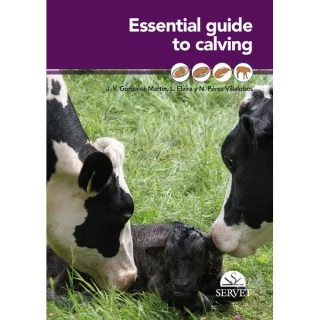Envíos a todo el mundo → Envío gratuito en compras superiores a 19€ (Península y Baleares)
Every dairy operation should produce máximum quantities of high quality milk. Since mastitis is the main threat to milk quality and therefore, dairy farm profits, it is essential to identify the etiological agents to implementing intramammary infection treatment and/or establishing control programs. This handbook, which highlights the importance of achieving high quality milk levels through a practial and visual approach, has been written by authors with a wide experience in this field. Numerous graphic resources have been included to complement the information provided and make the contents more understandable and accessible to readers.
1. Essential equipment and materials for mastitis diagnostic work
2. Milk samples collection and handling for diagnosis of bovine intramammary infections and bulk tank analysis
3. General cultural procedures
Culture media
Inoculation
Incubation
4. Identification of frequently isolated bacteria isolated from bovine milk (basic and additional tests)
Staphylococci
Streptococci
Coliform bacteria
Coryneforms
5. Identification of less frequently isolated bacteria isolated from bovine milk (basic tests)
Mycoplasmas
Prototheca sp.
Yeasts
Bacillus sp.
Trueperella pyogenes
Nocardia sp.
6. Molecular methods for identification and typing of pathogens of the bovine mammary gland
PCR, multiplex-PCR, RT-PCR
MALDI-TOF
PFGE
MLST
Next generation sequencing
7. Antibiotic susceptibility tests
Disk method
Dilution methods
Interpretive criteria
8. Bulk tank analysis
Cultures procedures
Coliform count
Standard plate count
Laboratory pasteurization count
Preliminary incubation count
Streptococci count
Staphylococci count
Staphylococcus aureus
Streptococcus agalactiae
Interpretation of results
- Autor/es Luis F. Calvinho, Raul A. Almeida
- Fecha de edición diciembre 2020
- Nº Páginas 100
- Encuadernación Tapa dura. Wire-o
- Tamaño 11 X 20
- Idioma Inglés












